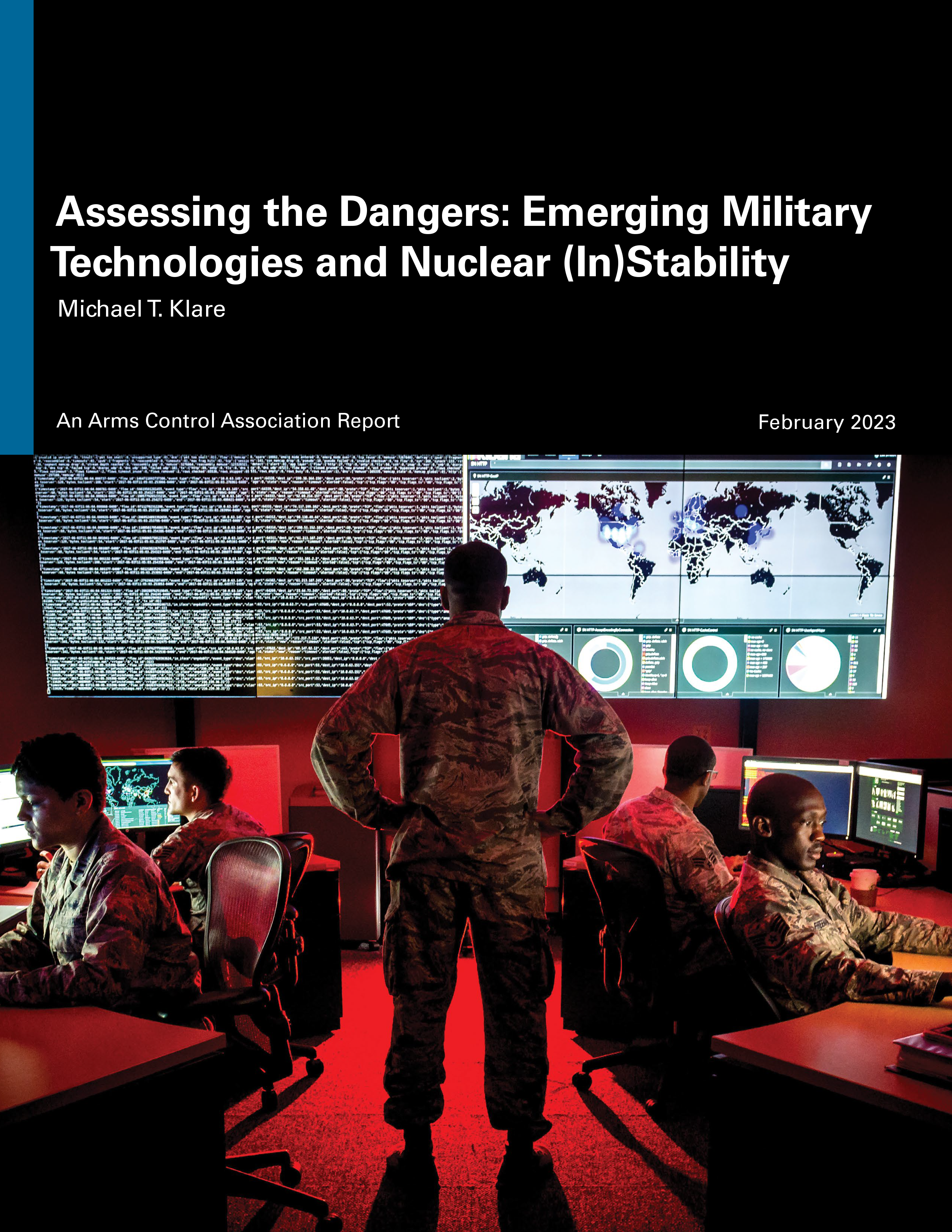Increasingly in recent years, advanced military powers have begun to incorporate and rely on new kinds or new applications of advanced technologies in their arsenals, such as artificial intelligence, robotics, cyber, and hypersonics, among others.
The weaponization of these technologies may potentially carry far-ranging, dangerous consequences that expand into the nuclear realm by running up the escalation ladder or by blurring the distinction between a conventional and nuclear attack. Arms control, therefore, emerges as a tool to slow the pace of weaponizing these technologies and to adopt meaningful restraints on their use.
This report examines four particular new kinds or new applications of technologies— autonomous weapons systems, hypersonic weapons, cyberattacks, and automated battlefield decision-making—and proposes a framework strategy aimed at advancing an array of measures that all contribute to the larger goal of preventing unintended escalation and enhancing strategic stability.

